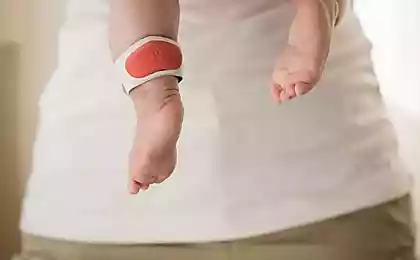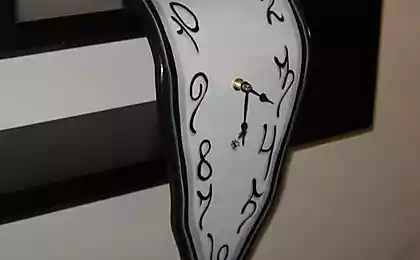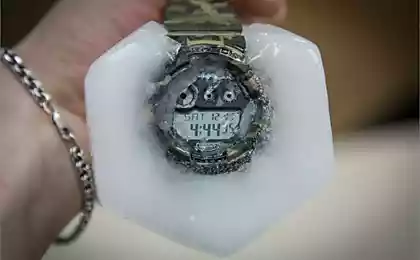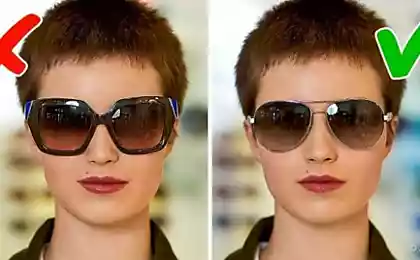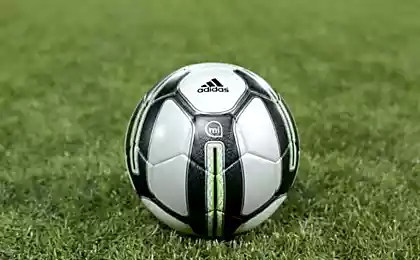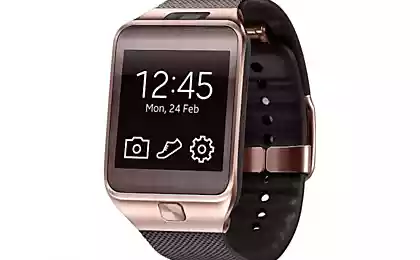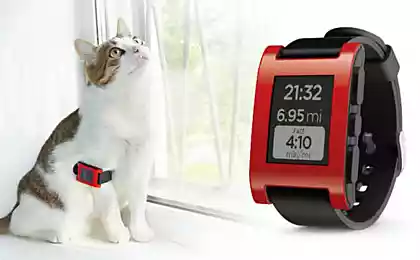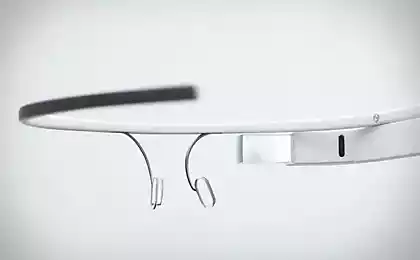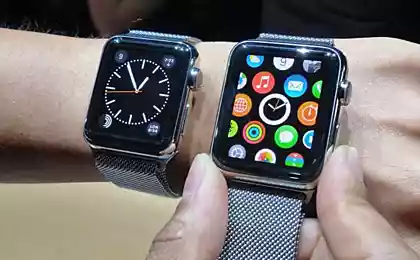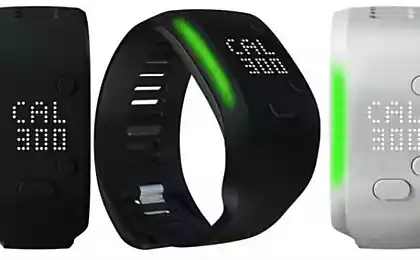1204
What will happen with Smart Wearables?
At the dawn of the market of "smart accessories" the impression that the producers artificially "broken up" theme, trying to arouse the interest of consumers. Probing new markets - is a continuous process of searching, push for the development of new technologies and the inevitable failure of many hyped products. We used to see how IT-giants first loudly announce unusual product, then slowly and shyly stopped its production, without encountering real interest among consumers.
What happens with "smart things" is not on the scale of our personal views, ranging from the category of "trendy but useless toy" to "really necessary thing"? The market shows steady growth in demand, which can not be attributed to artificially fomented hype.
Something is missing here ... Accelerometer? I>
In 2007, an international team of archaeologists has found in Morocco ornaments of shells dating back 82,000 years. According to scientists, ornaments indicate a growing sense of self-awareness and self-identification in the transition to a new level of social development. "Wearable Bling" tells us about the significant influence of culture on human development.
Throughout human history, jewelry was used to identify media in style, attractiveness, social status, etc. After 820 centuries desire to adorn themselves did not disappear, only "beads" were more "intelligent", due to the filling of all kinds of sensors. High technology has become not just a "trendy", they were integrated into the very fashionable. Articles of apparel, sunglasses, sports equipment, watches - literally all of our things are transformed into innovative gadgets.
The picture depicts the invisible transparent smartphone? No, just wearable accessories. I>
When it comes to "smart gadgets", usually sports trackers, smart-watch, "smart" camera and glasses. The largest share of the market is occupied by sports trackers - the results of 2013, their share in global sales amounted to 60%. It is not surprising if we remember that the history of gadgets that are used to control the duration and quality of training, rooted in the 70s of last century, when the Finnish national team skier was created the first wireless ECG heart rate monitor. Here it is worth mentioning the first electronic watch, released in 1972. The market for sports gadgets matured so long ago that their first customers today with the help of fitness gadgets assess the risk of heart attack and stroke.
The second most popular wearable gadget - a portable camera with a share of about 12%. "Smart" cameras are still waiting for their Leo Tolstoy, who have described the history of a breakthrough on the market for these devices, but it seems obvious to associate their success with a history of Woodman Labs, represent ten years ago, the first camera GoPro. Incidentally, GoPro Hero 1 was attached to the arm in the manner of smart-hours.
The graph depicts the forecast market growth "smart gadgets" for key categories. Источник.
World sales th> 2013 th> 2014 th> 2015 th> Sports Trackers 32460000 42640000 57420000 Handheld Camera td > 6640000 13610000 15810000 Smart Glasses 10 000 2130000 10570000 Smart watches 1230000 7440000 24920000 Other Devices 13560000 24180000 55480000 Total 53900000 90000000 < / 164 200 000 The forecast growth in numbers (pcs.). Own data. I>
Fuel to the fire smart-fire poured glasses Google Glass, for the past year did not converge with the media editorials. Samsung introduced its "smart" clock at the light glanced iHealth, Huawei Honor, Lifesense and Codoon. Apple and Microsoft do not suppress the rumors about their developments smart bracelets. Entered the market and the company is not growing up in the wilds of Silicon Valley: Nike sports performance monitors, fashion designer Tory Burch has made "smart" decoration for fitness, Levi's with its developments breathes them in the back.
Against this background, the development of smart wearables proponents claim that they do not believe in the promise of "smart" watches only those who do not. Opponents cite studies, according to which users stop using wearable devices six months after purchase.
Kickstarter is often called "incubator smart wearables». The top projects collect crazy money and are very popular among users ( source ). Look, all these products were to charts to users Habra: Pebble , Oculus Rift , Omate TrueSmart , tysyachi their .
In Russia, the distribution market of "smart gadgets" similarly global. Global trendsetting healthy lifestyle and active recreation is not passed by our country, in addition, to the widespread popularity of such devices has affected their relative availability to consumers. If we translate inflaming interest in numbers, we obtain the following data for 2013: The world has sold about 54 million "smart" accessories in Russia - about 60 thousand smart wearables for the sum of 400 million rubles. Drop in the ocean of consumer devices, right? But it is important to see a trend. What smart wearables market is still at an early stage of development in the world and in our country, it is clear without any intelligence. I wonder if he is not blurrier year later, lapped up the next wave of high-tech fashion. Who needs to be "smart" clock if in nearby hozmage start selling 3D-printers and quadrocopter.
Now the fun part. Our experts believe that the average cost of the devices before the end of the year will not change, and will be around $ 200. The changes will begin in 2015, when the price of the device will start to decline significantly due to the growing competition. On the Russian market will come out new brands. In addition to "smart" watches Samsung and Sony today presented gadgets and Qumo Nillkin. Distribution of smart-devices on Android from big brands to spur expansion and others. The situation is similar in the segment of sports bracelets, which are already present brands Prestigio, FitBug, Oregon Scientific.
With such a thing "smart watch" is no longer needed. I>
Gadgets will not only be cheaper but also more useful. The functionality and power of 'smart' accessories will continue to grow, and the market will continue to appear more sophisticated smart wearables on different operating systems. The growth of the smartphone market only spur this process, because portable devices that extend the functionality and mobility, are acquired primarily owners of smartphones costing 10 thousand. Rubles and more - the proportion of such "smart" phones on the Russian market in the 1st half of 2014 amounted to about 28% in volume terms and 60% in money circulation.
As a result, in 2014 in Russia will be sold over 220 thousand "smart" accessories at more than $ 1, 5 billion. Rubles. Sales in units and in rubles increase in 3, 8 times compared with the previous period. The world market can reach 90-100 million (or even more) wearable devices sold this year, in 1, 6 times more than the year before. Thus, the dynamics of sales of such gadgets in Russia significantly exceed the worldwide.
Source: habrahabr.ru/company/svyaznoy/blog/233881/
Fitness LEO system will become a personal trainer for those who do not have it
And after all of the rights
